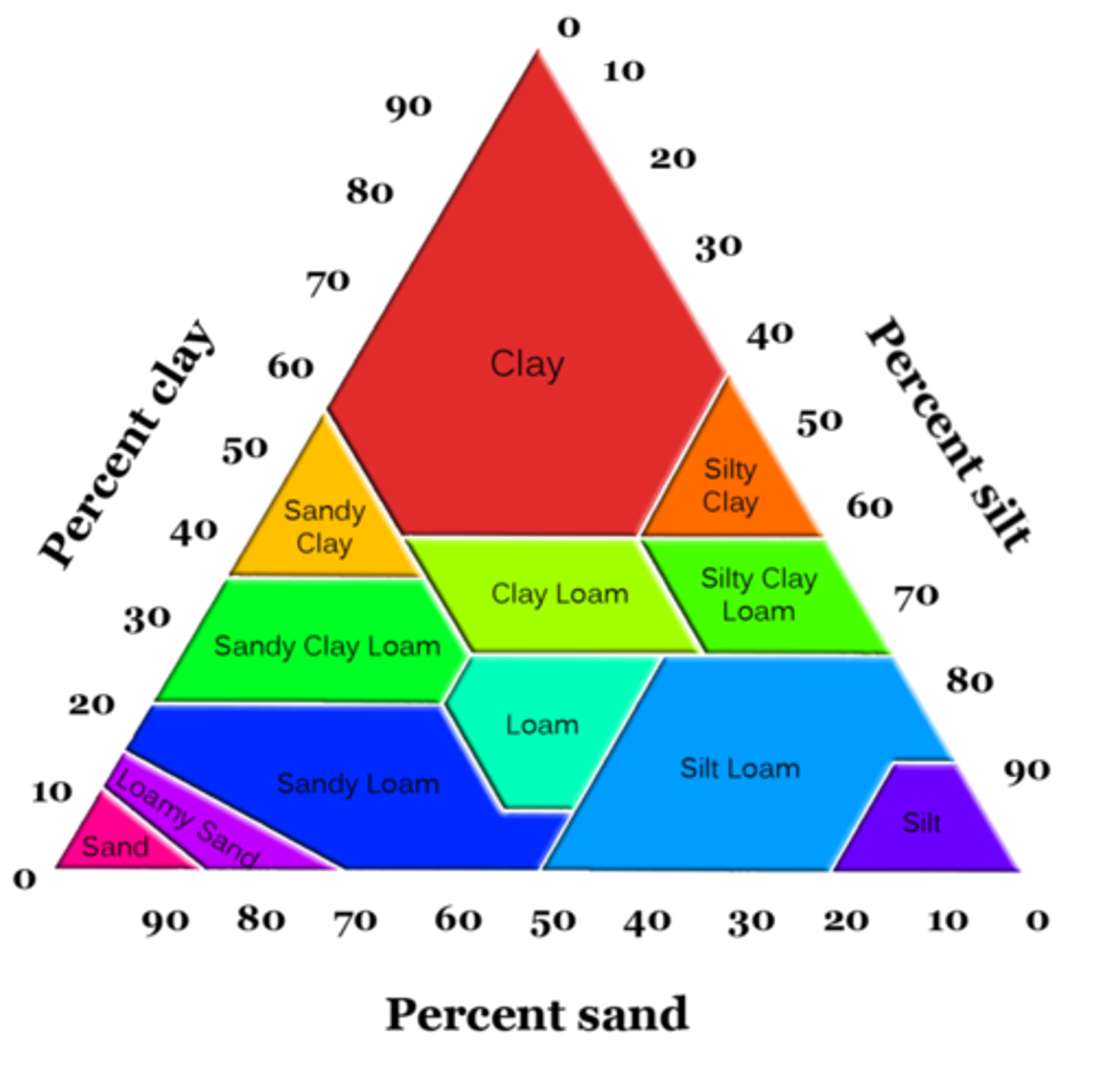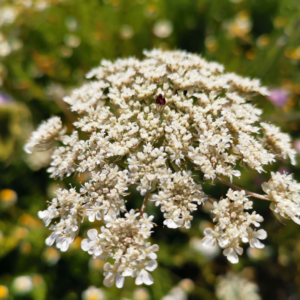How Different Soil Types Influence Plant & Wildflower Growth
Soil is more than just dirt; it’s a complex living ecosystem which is the foundation upon which plant life thrives. Its composition, structure and physical properties significantly impact the ways in which plants grow and thrive.
Understanding the nuances of different soil types and their impacts is crucial in cultivating thriving gardens, farming and to enhance and restore biodiversity.
Understanding Soil Types
To understand the ways in which soil types influence plant and wildflower growth, we must first understand the different types of soil. Soil is classified based on its texture, which is determined by the proportions of sand, silt and clay particles.
 (USDA Natural Resources Conservation Service)
(USDA Natural Resources Conservation Service)
- Sandy Soils have larger particles, allowing for excellent drainage but poor water retention. Nutrients in these soils, often leach away quickly. While challenging, some species such heathland species, are adapted to thrive in these conditions.
- Clay Soils have tiny particles, resulting in poor drainage and compaction. They can hold plenty of water, but may become waterlogged, limited oxygen availability for plant roots. However, clay soils are often more nutrient rich than others.
- Loamy Soils are a balance of sand, silt and clay, offering good drainage, water retention and nutrient availability. These are generally considered ideal for most plant species.
How Soil Types Affect Plant Growth
Soil type influences plant growth because of its composition and physical properties through several factors:
Nutrient availability is essential for successful plant growth. Wildflowers thrive in low-nutrient environments. While soil provides essential nutrients like nitrogen, phosphorus, and potassium, varying soil types (sandy, clay) have differing nutrient availability. This natural preference for leaner conditions makes wildflowers well-suited for many landscapes.
Water-holding capacity and drainage abilities affect the ways in which plants grow. Soil texture directly impacts water management and determines how well it can hold onto water as well as how easily it drains. Sandy soils drain rapidly, leading to nutrient leaching. Clay soils retain water but can become waterlogged, hindering root growth. Loamy soils offer a balance of drainage and water retention.
Example: Wild Carrot (Daucus carota) with their deep taproots, perform well in areas that experience periods of waterlogging, as their root structure can access deeper water reserves and tolerate temporary saturation.
pH level, a measure of acidity or alkalinity. pH levels affect nutrient availability and can limit nutrient uptake for certain plants which influences growth. Most plants prefer slightly acidic to neutral pH levels. However, some plant species thrive in acidic conditions. Acid grassland tends to be low on biodiversity, patchy, low-growing tussocky grasses. Calcareous grasslands are alkaline as they contain high levels of calcium carbonate which comes from limestone or chalk. Here the soil is typically thin and well drained, plants are shorter and hardier with high levels of diversity.
Example: Betony (Stachys officinalis) is well-adapted to the low pH and often nutrient-poor conditions typical of acidic environments.

Structure of the soil refers to the arrangement of soil particles into aggregates. Good soil structure is essential for root growth as it creates pore spaces essential for air and water movement. Compacted soil can hinder root development and reduce water and nutrient uptake.
Example: Cowslips (Primula veris) benefit from well-structured loamy soils, where their fibrous root systems can easily access air and water.

The Influence of Soil on Wildflowers
While some plants have specific soil preferences, many can adapt to a range of conditions. Wildflowers, in particular, are often remarkably resilient. Wildflowers have evolved to thrive in a wide range of soil conditions. Their ability to colonize diverse habitats is remarkable. However, certain species have specific soil preferences.
Chalky Soils: These alkaline soils support an array of wildflowers. Species such as orchids and various grasses have adapted to these nutrient-poor but well-drained conditions.
Clay Soils: Whilst challenging due to poor drainage and compaction, some wildflowers such as buttercups and daisies can thrive in clay-rich areas. They often have strong root systems to penetrate the dense soil.
Sandy Soils: These well-drained soils can be nutrient poor, but certain wildflowers, such as sand dune plants, have adapted to these conditions. They often have deep roots to access water and nutrients.
By understanding the intricacies of soil, gardeners, farmers, and ecologists can make informed decisions to optimize plant growth and protect soil health for future generations.